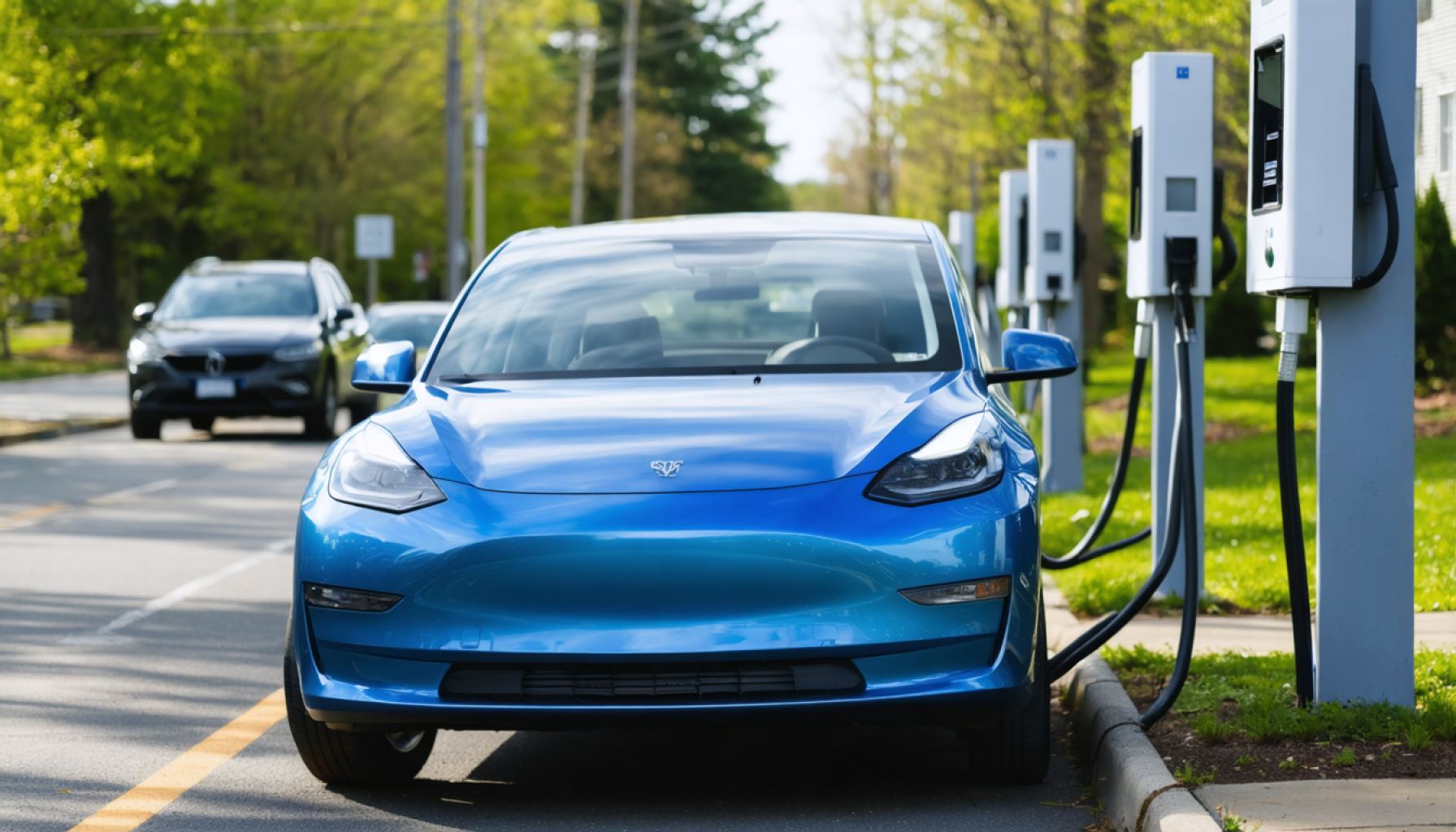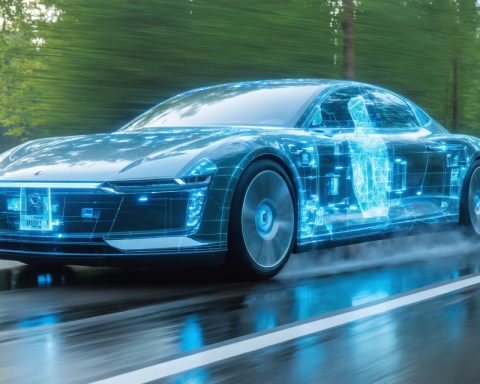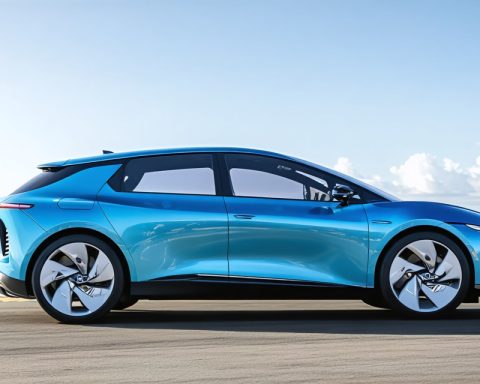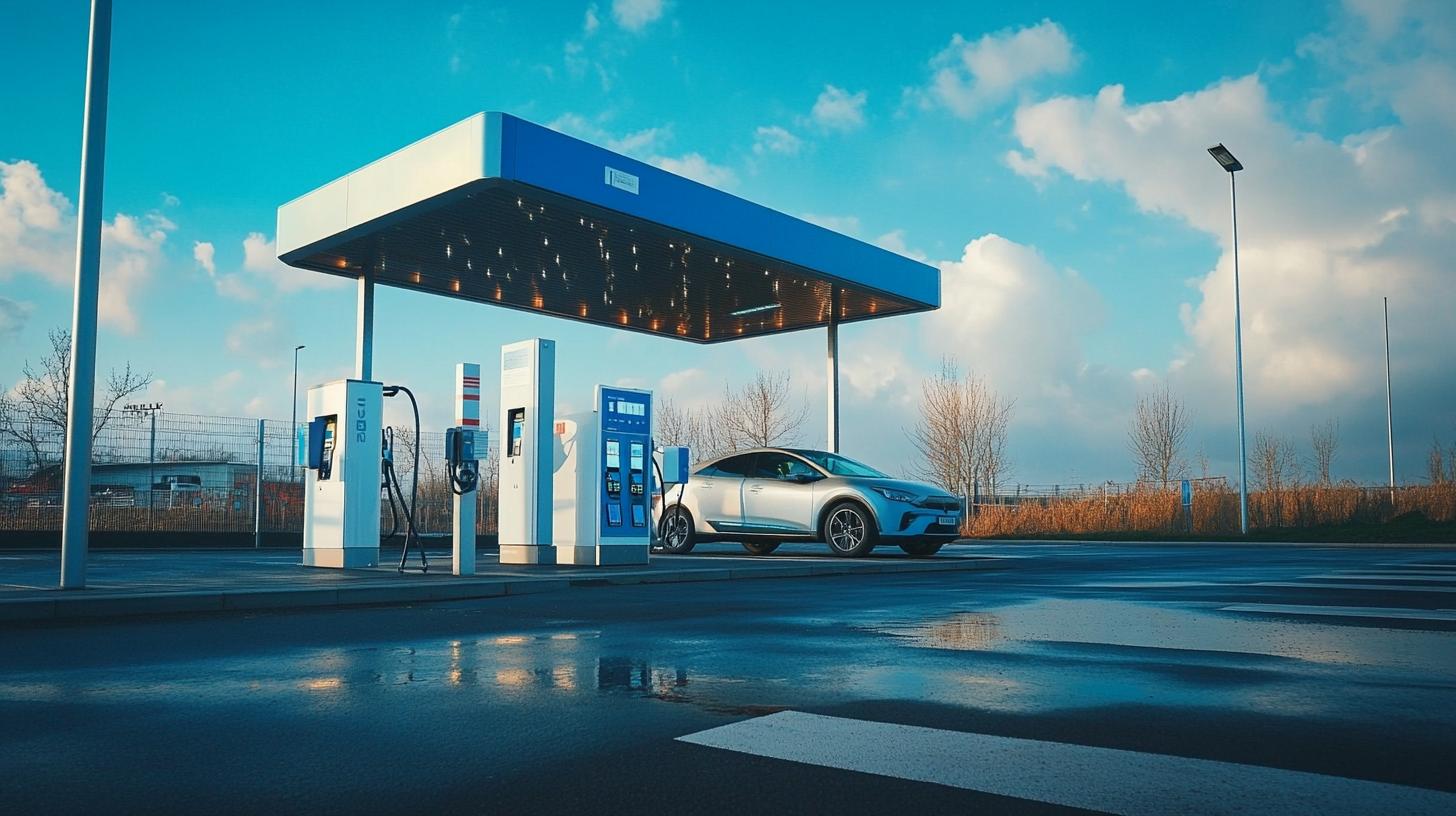- Massachusetts is pioneering the use of electric vehicles (EVs) for grid stability through a landmark vehicle-to-everything (V2X) pilot program.
- The state plans to install 100 advanced bidirectional chargers, integrating EVs into the energy network and emphasizing grid resilience.
- This initiative aims to add 1.5 MW of storage capacity, enhancing renewable energy integration and providing backup power.
- The program prioritizes inclusivity, targeting low-income and underserved communities to ensure broad access to cutting-edge technology.
- Participants receive free bidirectional chargers, using EVs as mobile energy banks for homes, school buses, and municipal fleets.
- Resource Innovations and The Mobility House lead the project, setting a national benchmark for clean energy transition strategies.
- Massachusetts’ V2X initiative is open for enrollment until June 2025, promoting energy independence and sustainability.
Massachusetts, a pioneering state in the renewable energy revolution, has embarked on an ambitious journey to transform electric vehicles (EVs) into essential tools for grid stability and energy distribution. The state’s groundbreaking vehicle-to-everything (V2X) pilot program, a landmark initiative fueled by the Massachusetts Clean Energy Center (MassCEC), seeks to reshape the power landscape with the installation of 100 advanced bidirectional chargers across varied settings.
Imagine a future where your car not only receives electricity but also gives it back, acting as a mobile energy bank. This ambitious program propels EVs into the heart of Massachusetts’ energy strategy, helping to deploy an additional 1.5 megawatts (MW) of storage capacity. Offering a lifeline to the grid, EVs can now seamlessly balance energy demand and bolster the integration of renewable energy sources.
A key focus of this initiative is inclusivity. The program fervently addresses accessibility, ensuring cutting-edge technology reaches low-income and underserved communities. As one of the largest state-led projects of its kind in the U.S., the Massachusetts pilot is strategically positioned to uncover and dismantle the barriers hindering widespread adoption of V2X technology.
Participants in this trailblazing initiative receive bidirectional chargers, free of charge, for use in homes, school buses, and municipal fleets. This empowers communities with:
– Grid resilience: A robust network with 1.5 MW of new, distributed storage commits to a more stable energy infrastructure.
– Clean energy integration: EVs charge during periods of renewable energy abundance and release stored energy when necessary, aligning with the state’s environmental objectives.
– Backup power: Operational resilience extends to using EV batteries as an emergency power source.
– Revenue opportunities: Participants could earn by feeding excess stored energy back into the grid.
Leading the charge, Resource Innovations and The Mobility House spearhead the program’s roll-out, breaking financial barriers and adapting blueprint strategies for use across the nation.
Enrollment for Massachusetts’ V2X initiative is open until June 2025, inviting residents and fleet operators to engage in this transformative enterprise. Participants are ushering in a new era of energy independence and sustainability, marking Massachusetts as a leader in the transition to a clean, resilient future.
Massachusetts’ Groundbreaking V2X Initiative: Transforming EVs into Grid Stabilizers
Overview of the V2X Program
Massachusetts is on the frontier of a clean energy revolution with its ambitious vehicle-to-everything (V2X) pilot program. Spearheaded by the Massachusetts Clean Energy Center (MassCEC), this initiative aims to harness the power of electric vehicles (EVs) as dynamic elements in the grid’s operation, enhancing energy distribution, storage, and resilience. This program’s implementation will feature 100 advanced bidirectional chargers installed across diverse environments, setting a benchmark for similar initiatives nationwide.
Key Features and Benefits
– Grid Stability: The pilot program is set to contribute an additional 1.5 megawatts (MW) of storage capacity, helping to stabilize the electrical grid by providing backup power and smoothing energy consumption peaks.
– Clean Energy Integration: By enabling EVs to store and release energy, the program facilitates a higher penetration of renewable energy sources, such as solar and wind, into the grid, aligning with Massachusetts’ commitment to sustainability.
– Income Stream: Participants can generate revenue by selling excess energy back to the grid, creating an economic incentive to participate in clean energy initiatives.
Real-World Use Cases
– Emergency Power Supply: EVs can serve as a reliable power source during outages, providing emergency services or individual homes with critical electricity reserves.
– Supporting Local Infrastructure: Municipal fleets and school buses incorporated into the program will not only decrease operational costs but also support local energy grids during high demand periods.
Industry Trends and Future Prospects
The concept of V2X is gaining traction globally as countries aim to decouple from fossil fuels. The program in Massachusetts is a precursor to larger-scale adoption, which is expected as more states in the U.S. and countries worldwide explore similar technologies.
Security and Sustainability
Ensuring the security of bidirectional charging stations and the safe exchange of energy is paramount. Advanced cybersecurity measures are essential to protect the V2X network from potential threats, making it both a sustainable and a secure energy solution.
Controversies and Limitations
There are still hurdles to overcome for widespread adoption of V2X technology. Key challenges include the high initial costs of bidirectional chargers, regulatory barriers, and the need for robust communication networks to ensure effective energy exchange. Furthermore, constant charging and discharging could impact the lifespan of EV batteries, though current studies are exploring ways to mitigate this effect.
Recommendations for Potential Participants
1. Evaluate Vehicle Compatibility: Ensure that your EV model supports bidirectional charging technology before enrolling in the program.
2. Stay Informed: Keep abreast of new developments and incentives related to EVs and V2X systems, which can offer further benefits.
3. Consider Financial Incentives: Evaluate potential revenue from selling stored energy back to the grid to assess overall economic benefits.
4. Focus on Sustainability: Leverage EV capabilities to power homes and businesses effectively during peak periods, optimizing energy usage and costs.
Quick Tips
– Contact MassCEC: Reach out to the Massachusetts Clean Energy Center to inquire about eligibility and the benefits associated with participating in the pilot.
– Discuss with EV Dealers: Talk with vehicle dealerships about models and chargers that support V2X technology.
– Leverage Local and State Resources: Utilize state resources and consult experts to understand the long-term benefits of integrating your vehicle into this innovative energy ecosystem.
Massachusetts is not just witnessing the dawn of the V2X era; it’s setting the stage for a sustainable future where energy independence becomes a reality for all. For more details and updates, visit the Massachusetts Clean Energy Center.














